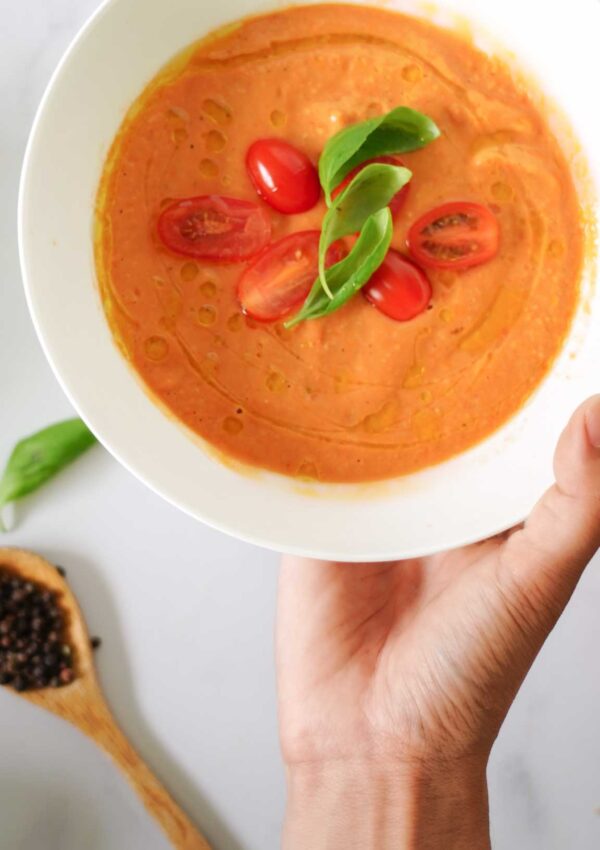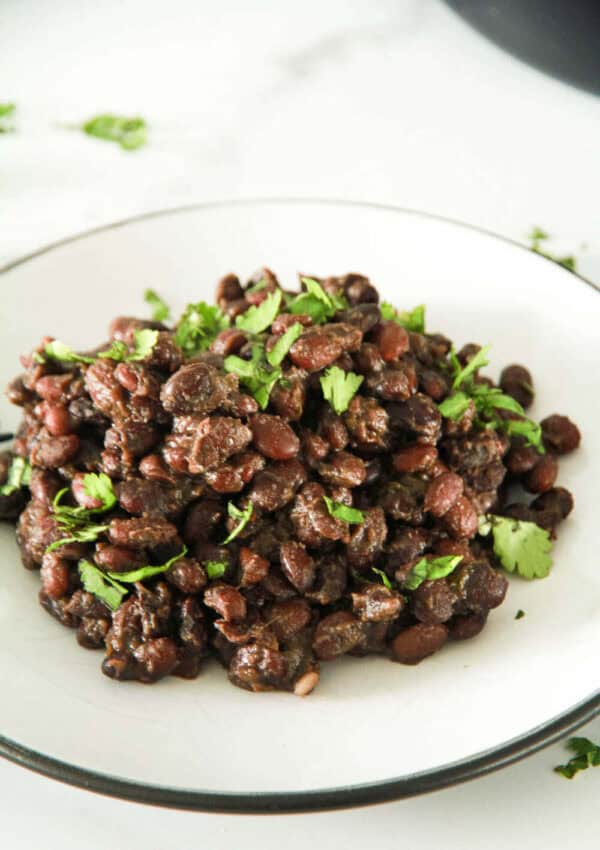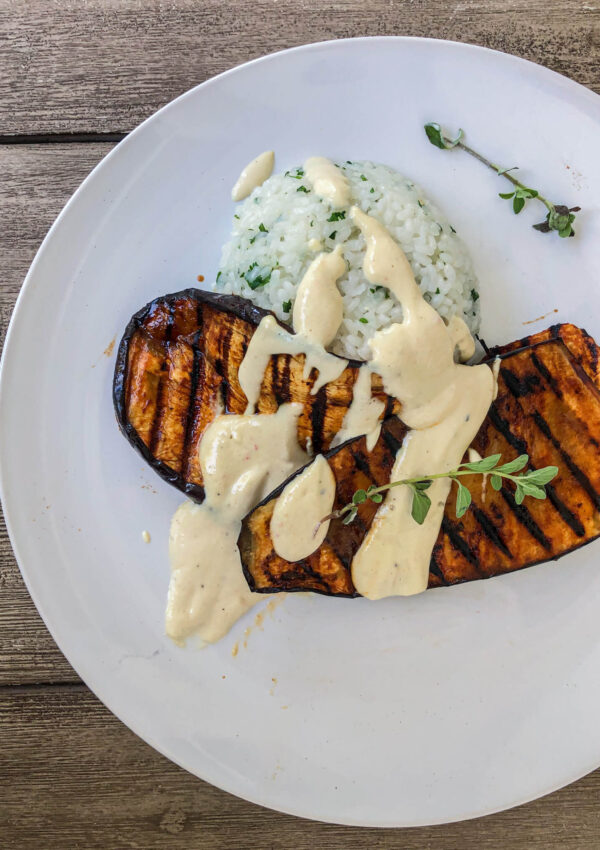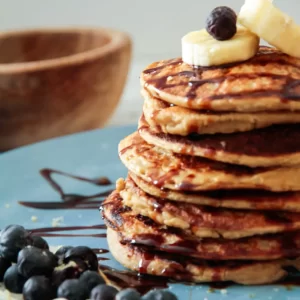Let’s make vegan arepas ! Arepas are a staple food of Venezuelan cuisine (usually they are homemade Venezuelan arepas, not to be confused with Colombian arepas, though similar, they are not quite the same, if not, go ask a Venezuelan and a Colombian, lol).
WHAT ARE AREPAS?
Vegan arepas are delectable flat cornbreads originating from Venezuela, resembling a pita pocket in appearance. Crafted from a corn flour dough, these disk-like bundles are versatile and serve as a perfect base for a variety of fillings. Much like a pita pocket, vegan arepas can be transformed into sandwiches with diverse fillings, allowing for culinary creativity. Embracing the traditional concept of flat cornbreads, vegan arepas provide a delightful culinary experience that caters to both taste and dietary preferences.
NO NEED TO “VEGANIZE”
GOOD NEWS! AREPAS ARE ALREADY VEGAN AND GLUTEN-FREE
The actual arepa dough is already vegan and gluten-free arepas gluten-free just by themselves (as they are made out of pre-cooked corn meal), and yes, the traditional recipes have a few favorite fillings like chicken, meat, cheese and pork, but theres def a way around making amazing a vegan arepas recipe!
VEGAN PERFECT FILLING FOR YOUR AREPAS:
Arepas are not only one of the best things to come out of Venezuelan culture, they are also one of the most time-efficient dishes known as a staple breakfast, the most typical homemade venezuelan arepas are, arepas con queso, arepas with white queso fresco, (that can also be veganized, by the way).
Other traditional venezuelan arepa recipes include “reina pepiada” basically shredded chicken with smashed avocado and mayo and red onion, la catira, (the blonde one), yellow cheese with shredded chicken, and so many more.
The good news is that you can pick any popular dish with any variety of tasty fillings and it can be veganized! The original recipe it’s based on pre-cooked white cornmeal, so that’s already vegan. So vegan arepa fillings range from black beans, vegan cheeses, mushroom arepas, jackfruit, sweet plantains, avocados, refried beans, sweet potatoes and even as simple as a little vegan butter, and so many more!
WHERE TO BUY THE AREPA FLOUR
Grocery store : harina p.a.n. masa harina flour, corn maize mexican masa harina
When seeking the essential ingredient for crafting authentic Venezuelan arepas, look no further than your local grocery store. Head to the aisle housing Latin American or international products, and you’re likely to find a variety of options, including the renowned harina P.A.N. and masa harina flour. These arepa flours, made from corn maize, are staples in Latin American cuisine and widely used in crafting these delectable disks. Don’t forget to check the section dedicated to Venezuelan ingredients, where pre-cooked corn meal flour, a key component in the traditional preparation of arepas. Of course, if everything fails, shop in the link below!
-BUY IT HERE LINK TO AMAZON –
FOR THE CURIOUS: AREPAS’ ORIGINS
The roots of arepas trace back to the indigenous people of Northern South America, particularly Venezuela, where homemade Venezuelan arepas were a culinary tradition among the native tribes like the Timoto-Cuicas and the Caribes. The term “arepa” is thought to have originated from indigenous languages, carrying a significant meaning, possibly associated with “corn” or “maize.”
This culinary heritage expanded beyond Venezuela, shaping diverse variations such as arepas colombianas, showcasing Colombia’s unique take on this beloved corn-based dish. Traveling further north into Central America, stuffed arepas of Salvador, known as pupusas, adding a distinctive touch to the broader Latin American culinary tapestry.
Venturing into the Caribbean, sweet Puerto Rican arepas bring different dimension to the traditional recipe, offering a delightful variation. Arepas de coco, reflecting the Caribbean influence, showcase a coconut-infused version of these beloved corn cakes. As arepas journeyed across Latin America, they became not just a culinary delight but a symbol of cultural interconnection, uniting regions through a shared appreciation for this versatile dish.
FULL RECIPE below
Recipe card:
Vegan Venezuelan Arepa Recipe
Cooking time: 20 minutes Prep time: 10 minutes.
Ingredients:
- 2 cups Arepa flour (pre-cooked cornmeal, usually harina p.a.n.)
- 2 1/2 cups warm water
- 1 teaspoon salt
- 1 tablespoon avocado oil for cooking – (a less nutritious option is vegetable oil)
- 1/2 teaspoon garlic powder (optional)
- 1 tablespoon oat milk (optional)
Equipment:
- Large skillet or non-stick pan
- Large bowl
- Silicone reusable bowl lids or Plastic wrap
- Extra water for adjusting consistency
- Wooden spoon
Instructions:
- In a large bowl, combine the arepa flour, salt and garlic powder (optional).
- Gradually add 2 cups of warm water to the dry ingredients, stirring softly to avoid lumps Here you can add the optional oat milk. It should be a pliable soft dough, resembling a soft play-dough consistency. Add a little bit of extra water if too hard, or more flour if too soft.
- Let the dough rest for about 5 minutes to allow the flours to absorb the water fully. Before giving the dough forms.
- Divide the arepa dough into little balls, and next we will pat them from side to side softly to give it the signature arepa shapes; disk-like shape or patties, about 3 inches in diameter and 1/2 inch thick.
- Heat a large skillet or non-stick pan over medium-high heat and add a bit of oil.
- Lower the heat to medium heat , and then place the formed disks in the skillet and cook until golden brown on each side. This usually takes about 5-7 minutes per side.
- The best way to know once the arepa is cooked is to tap them and they should sound like an empty drum.
- Once cooked, transfer the arepas to a plate and let them cool slightly.
- For optimal texture, let the arepas rest for a little bit before serving.
- Serve the arepas warm, sliced open, and stuffed with your favorite plant-based fillings.
Important Information:
- If the dough seems too dry, add a little bit of extra water gradually until you achieve a soft, pliable consistency.
- Allow the dough to rest before shaping the arepas to improve the texture.
- For enhanced flavor, let the dough rest in the refrigerator overnight and bring it to room temperature before cooking the next day.
- For an eco-friendly option, instead of plastic wrap use one of my recommended reusable silicone lids to cover the dough while resting to prevent it from drying out.
- If you want to go the extra mile you can also slightly undercook the arepas on each side and freeze them, and then when ready, bring them back to room temperature and finish the cooking
Enjoy your delicious Vegan Venezuelan Arepas!




Leave a Reply